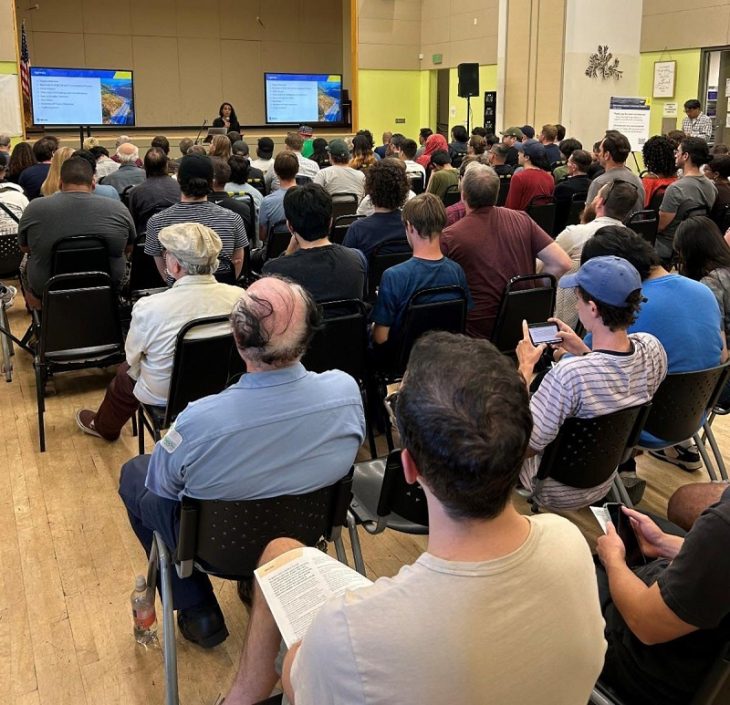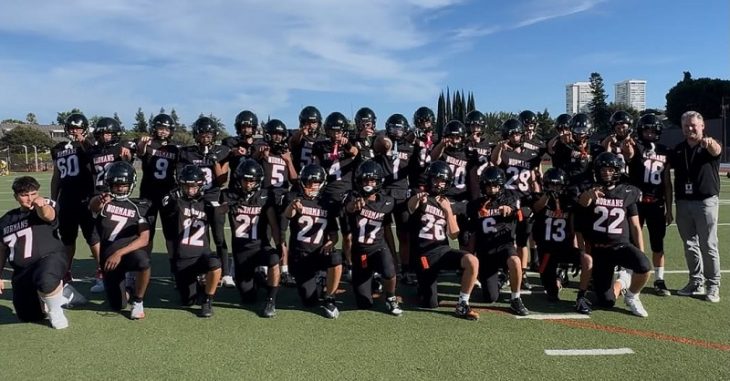A Palmdale elementary school teacher testified Monday that she called a county social worker — charged alongside three colleagues with child abuse and falsifying records — multiple times to report that one of her students said his mother punched him and shot him in the face with a BB gun.
The boy, 8-year-old Gabriel Fernandez, died on May 24, 2013. Prosecutors said he had a fractured skull, several broken ribs and burns over his body.
His mother, Pearl Fernandez, 33, and her then-boyfriend, Isauro Aguirre, 36, are awaiting trial on a murder charge stemming from her son’s death. The District Attorney’s Office plans to seek the death penalty against the two.
Gabriel’s death prompted a firestorm of criticism of the Los Angeles County Department of Children and Family Services over reports that social workers repeatedly visited the family’s home in response to allegations of abuse, but the boy was left in the custody of his mother.
Two social workers and two of their supervisors — Stefanie Rodriguez, 31, Patricia Clement, 66, Kevin Bom, 37, and Gregory Merritt, 61 — were fired from their jobs following an internal investigation into the case. Merritt appealed his firing and was temporarily reinstated by order of the Civil Service Commission, but that order was vacated last May by a judge who cited errors by the commission.
All four are charged with one felony count each of child abuse and falsifying records.
Teacher Jennifer Garcia, testifying in a preliminary hearing for the foursome, said she made her first call to a child welfare hotline to report Gabriel’s injuries more than six months before he was killed.
Garcia taught first grade at Summerwind Elementary School for five years and Gabriel was a new student in her 2012 class, she said. Recalling her first meeting with his mother and Aguirre, the teacher said: “They looked mean and I did not want to get on their bad side.”
She said Gabriel had lots of behavioral issues.
“He was angry, he would kick kids under the table,” the teacher said.
At first, she sent notes home to the mother about his behavior and got them back signed, but Garcia eventually stopped doing so because she believed the mother might be retaliating against the boy.
Garcia said she suspected drug use in the boy’s home based on his comparison of some image in class to a bong and a time when he “pretended to snort something off of his desk.”
Gabriel was anxious about his homework and afraid to go home at times, the educator said. The first sign of abuse was when he told Garcia that his mother hit him with the buckle end of a belt and made him bleed, asking his teacher if that was “normal,” she testified.
Garcia said she responded by calling the hotline on Oct. 30, 2012, and got a call back the next day from Rodriguez, who told the teacher that she was assigned to the case and “would go out and investigate.”
In November 2012, Gabriel showed up with bloody scabs on his head and chunks of his hair cut off and told the teacher “his mom hit him … punched him in the face,” Garcia said, prompting her to call Rodriguez again.
“As time went on and new injuries kept appearing, I started to feel like nothing was happening (with the case),” Garcia testified.
When the boy came to school in January 2013 with bruises all over his face, he first said he’d fallen down and ultimately confessed that “my mom shot me in the face with a BB gun” while making him do exercises, Garcia said.
The boy’s mother, at an earlier parent-teacher conference, had told her: “I don’t hit my kids, I make them do exercises,” Garcia testified.
Twice Gabriel asked his teacher if she could call “that lady,” though Garcia said she never told him about her own calls to the child welfare hotline. But he was also frightened about the consequences, telling Garcia at one point that when the social worker came to his house, he would get “hurt worse,” she testified.
Rodriguez told the teacher she had a regularly scheduled visit so that it wouldn’t be tied to any particular incidents, according to Garcia, who said she also tried to get counseling or other help for Gabriel.
“There (were) no services we could offer at that time,” other than a flier about family counseling to send home to his mother, the teacher said. Convinced the mother wouldn’t participate and might hurt the boy in response to seeing the flier, Garcia said she “threw it in the trash.”
Los Angeles Superior Court Judge M.L. Villar fielded several objections from various members of the five-member defense team during the teacher’s testimony, striking some comments from the record.
Villar relied on an exception to the hearsay rule for testimony regarding incidents of alleged child abuse in allowing Garcia to relay what Gabriel had told her.
Prosecutors allege that Rodriguez and Clement falsified reports that should have documented signs of escalating physical abuse and the family’s lapsed cooperation with DCFS.
Prosecutors also contend that Bom and Merritt knew or should have known they were approving false reports that conflicted with evidence of Gabriel’s deteriorating physical health, allowing the boy to remain in the home until he died.
An investigation revealed that at times over an eight-month period preceding his death, Gabriel — among other instances of violent abuse — was doused with pepper spray, forced to eat his own vomit and locked in a closet with a sock stuffed in his mouth to muffle his screams, authorities have said.
The preliminary hearing is expected to take roughly two weeks, according to Villar, who told the defendants that she runs a tight ship and expects them to be on time each day.
“If you’re not here and it’s a pattern, I will take you into custody,” the judge warned.
If convicted, each of the four defendants faces up to 10 years in prison.


























